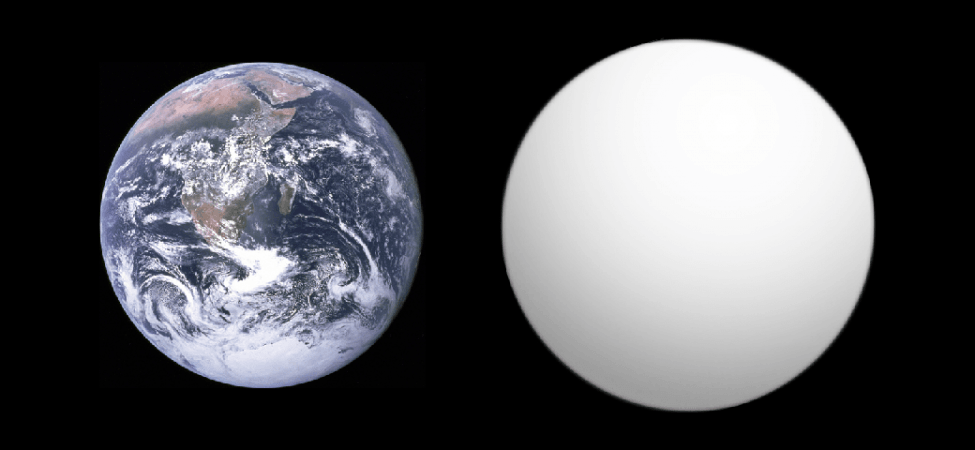
Ok so maybe there aren't cows in space, but astrophysicists have made a new discovery regarding an Earth-sized and rocky exoplanet GJ 1132b, which is also the nearest earth-sized exoplanet discovered thus far.
Also Read: Human civilisation can thrive on Mars within a century, says Japanese astronaut Naoko Yamazaki
Discovered in 2015, this exoplanet is situated around 39 light years from Earth. This exoplanet was detected by a cohort of astronomers from the Massachusetts Institute of Technology discovered (MIT), using wide robotic telescopes of the MEarth South Array at Cerro Tololo Inter-American Observatory present in Chile.
This oven-hot exoplanet is 1.2 times the size of Earth and has a diameter 50% larger. Just like Venus and Earth, this exoplanet orbits in its host star's Goldilocks zone. These new findings point towards the exoplanet possessing a thick atmosphere that contains methane and water, according to a report in the Scientific American.
"We have shown that an Earth-mass planet is capable of sustaining a thick atmosphere. This is one step towards investigating whether a planet could host life," said John Southworth, an astrophysics lecturer at Keele University in England and the lead author.
Exoplanet GJ 1132b orbits an M-Class Red Dwarf star, which are common in in the Milky Way galaxy. They possess a cooler temperature and are smaller in size, and this makes it easier for researchers to detect planets orbiting around them.
These exoplanets circle close to their stars, but that comes with the risk of the planet being hit by solar flares, which makes the chances of finding life on them, slim, News Australia reported.
The proximity of these exoplanets to their stars could also lead to a phenomenon called "tidal lock", in which one hemisphere of the planet always faces the star, just as is the case with our moon.
Now scientists hope to use larger telescopes to get a higher resolution of imagery of GJ 1132b, which could help them discover more elements in the exoplanet's atmosphere.





!['Had denied Housefull franchise as they wanted me to wear a bikini': Tia Bajpai on turning down bold scripts [Exclusive]](https://data1.ibtimes.co.in/en/full/806605/had-denied-housefull-franchise-they-wanted-me-wear-bikini-tia-bajpai-turning-down-bold.png?w=220&h=138)



